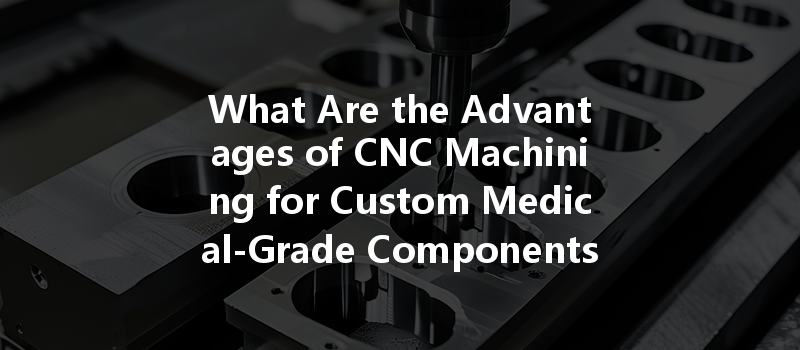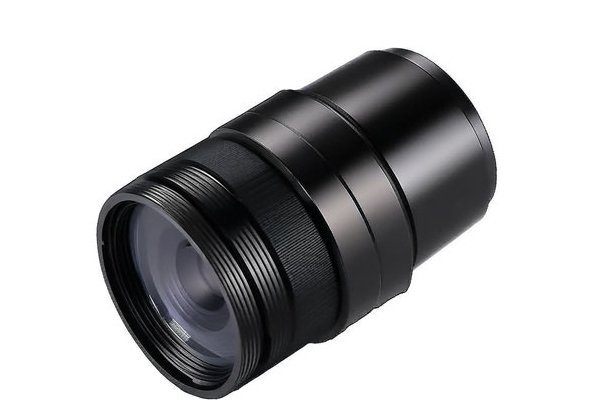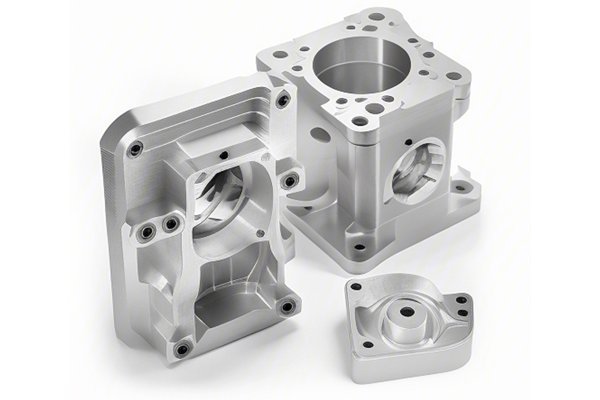*
Did you know that the global medical device market is projected to reach $603.5 billion by 2023? As the demand for advanced medical solutions continues to surge, the need for high-quality, precision-engineered components is more critical than ever. Among the most effective manufacturing processes to meet these stringent requirements is CNC (Computer Numerical Control) machining.
In this blog, we will explore the advantages of CNC machining for custom medical-grade components, highlighting the technology’s efficiency, precision, and adaptability. We’ll delve into the challenges faced in this industry, the advantages of CNC machining, and the best practices for ensuring the successful production of medical devices. By the end, you will better understand why CNC machining has become a cornerstone in the manufacturing of medical-grade components.
—
The Importance of Precision in Medical Manufacturing
Precision is paramount in the medical domain, where even the smallest error in device manufacturing can lead to serious implications for patient safety and overall efficacy. With evolving patient needs and technological advancements, manufacturers face increasing pressure to innovate while adhering to strict regulatory guidelines.
Whether it’s a surgical instrument, implant, or diagnostic tool, each component must meet a set of stringent standards that include biocompatibility, reliability, and quality. CNC machining stands at the forefront of these manufacturing processes, providing the necessary precision and quality to satisfy the medical industry’s demands.
Key Challenges in Manufacturing Medical-Grade Components
Manufacturing medical-grade components comes with unique challenges, including:
Given these challenges, incorporating an advanced and reliable manufacturing method like CNC machining becomes essential for producing custom medical-grade components.
Advantages of CNC Machining for Medical-Grade Components
CNC machining utilizes computer-controlled tools to create components with high precision. The technology allows for tight tolerances, often within 0.001 inches, ensuring that even the intricate designs of medical components can be produced consistently. This precision leads to higher-quality products with reduced risk of defects.
CNC machining is adaptable to various materials, including metals, plastics, and composites, which are commonly employed in medical devices. Manufacturers can easily switch between materials and adjust designs, allowing for complete flexibility. Rapid design changes to meet specific client requirements or regulatory guidelines can be implemented swiftly without significant downtime.
CNC machines are designed to handle both small-batch prototypes and large-scale production runs. Once a part design is finalized, the CNC machine can execute repeated operations with minimal human intervention, improving production speed and efficiency. This scalability is particularly beneficial for the medical sector, where rapid prototyping can lead to faster product launches.
The precision of CNC machining minimizes material waste, making the process more sustainable. The technology’s ability to produce near-perfect components means that rejected parts due to flaws are significantly reduced, boosting overall efficiency and maintaining lower production costs.

CNC machines can be programmed to include integrated quality control measures, allowing manufacturers to monitor components throughout the production process. Parameters such as dimensions and tolerances can be checked in real-time, ensuring that any deviations can be quickly identified and corrected.
CNC machining provides the ability to manufacture highly complex geometries that are often required in medical devices. From intricate implant shapes to precision-fit surgical instruments, CNC machines can work with multiple axes (including 5-axis machining) to produce shapes that would be impossible to create using traditional methods.
Automated CNC machining can streamline production workflows by reducing the need for manual intervention. This leads to faster turnaround times and improved production schedules, making it easier for manufacturers to meet tight deadlines often associated with medical device development.
Applications of CNC Machining in the Medical Sector
CNC machining’s benefits manifest in various applications, including:
Best Practices for Implementing CNC Machining in the Medical Field
To fully leverage CNC machining’s advantages in the medical sector, consider these best practices:
The role of CNC machining in the manufacturing of custom medical-grade components cannot be overstated. As the medical industry continues to evolve, the necessity for precision, adaptability, and efficiency becomes increasingly essential. CNC machining provides manufacturers with a powerful tool to not only meet regulatory demands but also to innovate and improve patient outcomes.
By embracing the benefits and adopting best practices in CNC machining, manufacturers can stay competitive in a rapidly changing marketplace while upholding the highest standards of safety and quality.
In summary, as we move forward into an era of advanced medical solutions, understanding and leveraging CNC machining is crucial. It is more than just a manufacturing process; it is a pathway to innovation and improved healthcare. For companies looking to enhance their production capabilities, CNC machining represents a worthwhile investment in both technology and human capital, ensuring better products for a healthier tomorrow.






